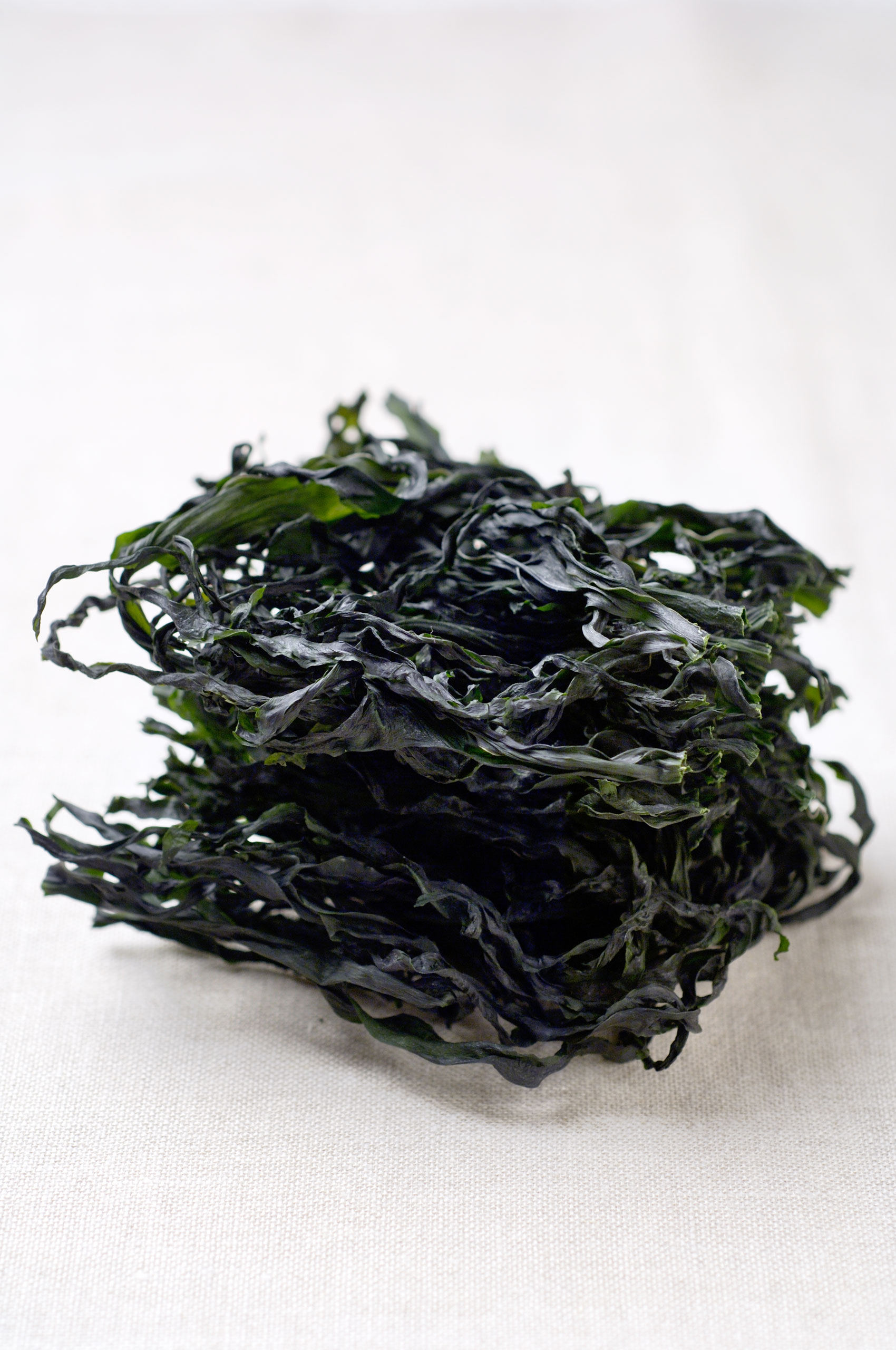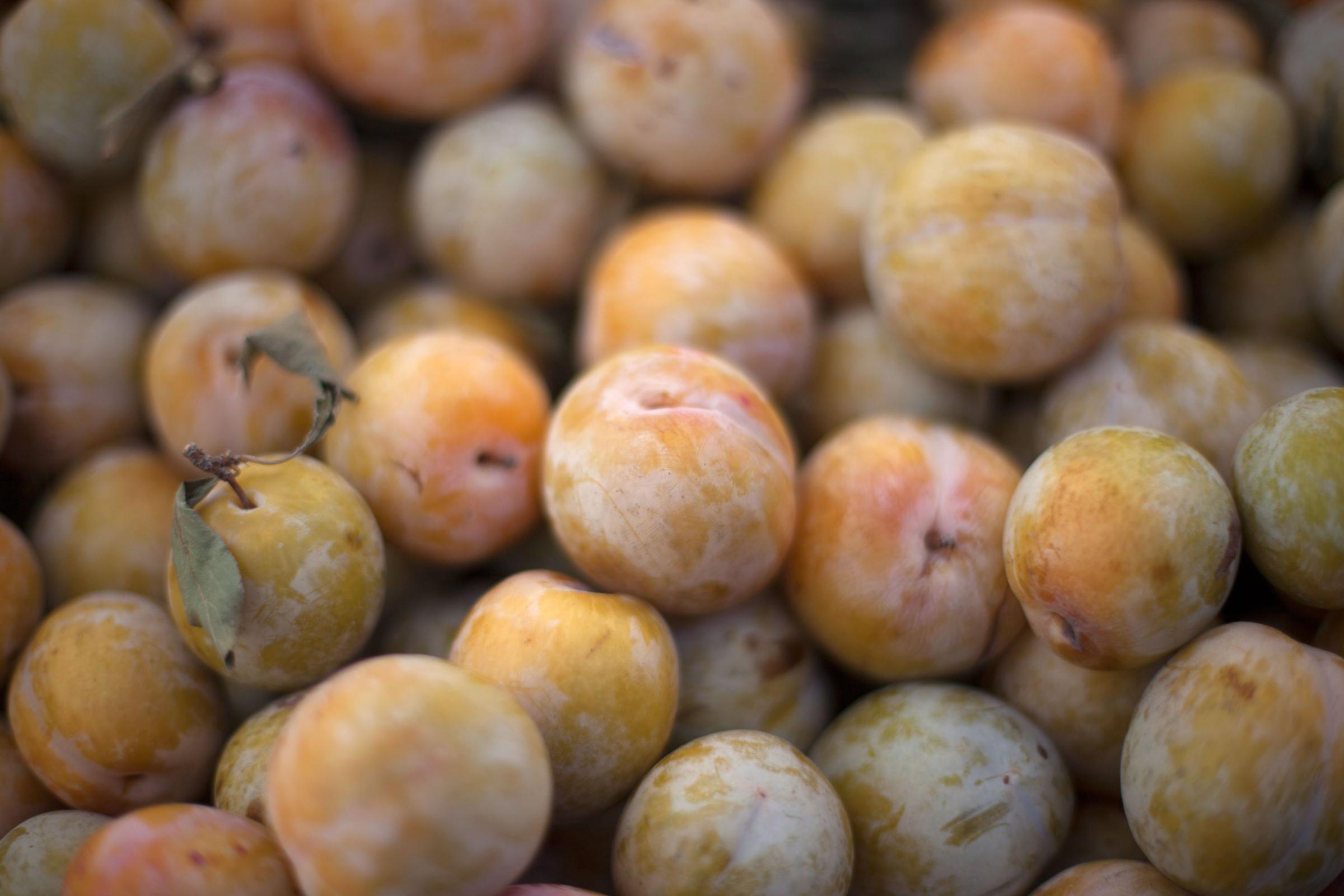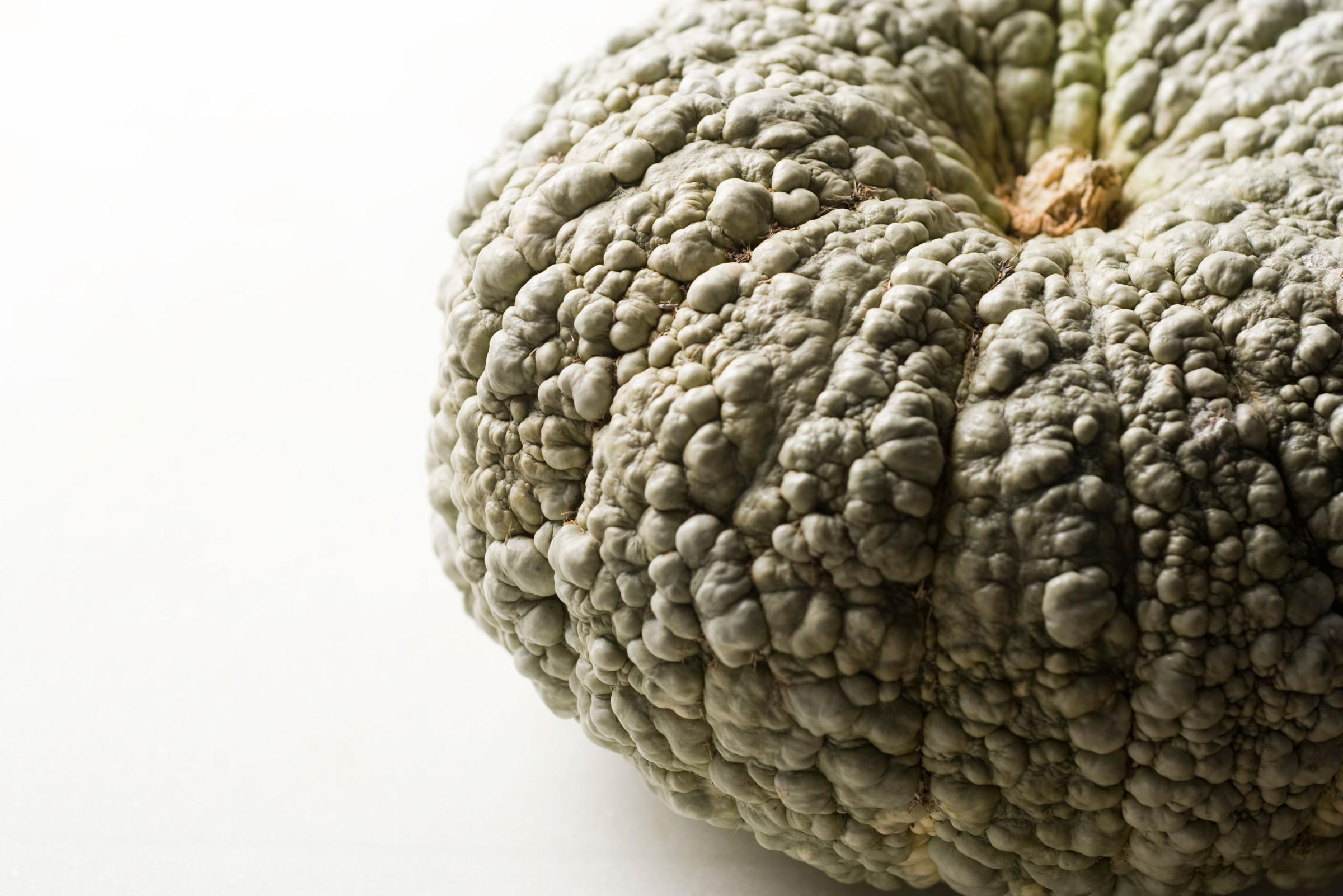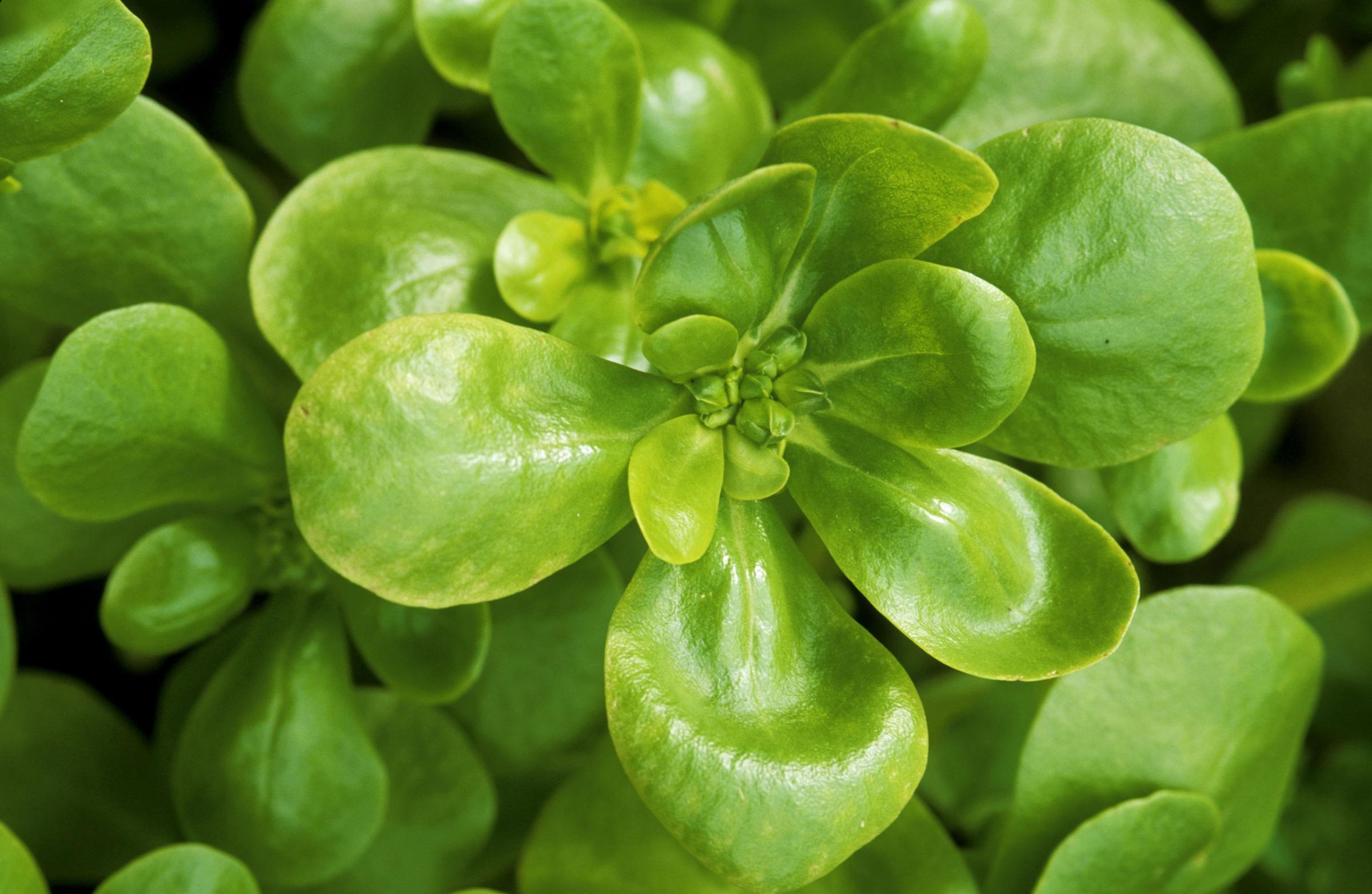Healthy eating should be simple. But since we know it can be hard to keep up with what you should be eating now, we created a list of the 50 Healthiest Foods of All Time (With Recipes).That list, comprehensive as it was, skewed toward foods you already know about. But we also came upon some super-healthy eats that will appeal to the more adventurous eaters out there.
We asked registered dietitian Tina Ruggiero, author of the The Truly Healthy Family Cookbook to recommend 10 foods she loves that haven’t yet had their kale moment. Some are harder to find than others, but each could be the next big thing on the grocery store shelf.
Limequat

Limequats are just what they sound like: a hybrid of the lime and the kumquat. These nugget-size fruit are most often found in the market between July and November, and they’re packed with vitamin C and fiber. They can be eaten as you would an apple—rind and all—or incorporated into a recipe. They make a tasty substitute for lemons or limes in recipes.
How to eat: Add them into a marmalade or curd recipe.
Wakame

Wakame is a seaweed, and while you may not have heard about it, you’ve probably eaten it: it’s the soft, green sea vegetable in miso soup. Wakame, like other seaweed, is dense in micronutrients, packed with trace minerals, low in calories and a rich source of antioxidants.
How to eat: It’s tasty in soups or added to a sauté or salad.
Pu-erh Tea

If you’re a die-hard coffee fan for the morning pick-me-up, but want to like tea for its health benefits, try some Pu-erh tea, a very rich, full-bodied tea with hints of mocha. While it’s reminiscent of black tea, it’s not; it’s in a class of its own, fermented and aged (interestingly, this tea can be aged for decades, like wine.) It can be found in loose leaf form or compressed into little cakes (called bing cha). It is rich in polyphenols and has been associated with improved digestion, cholesterol reduction and weight loss.
How to drink: Simply add to water and enjoy.
Pomelo

Pomelos look like a green grapefruit, but taste like a citrusy melon. Grown in California, Florida and Texas, pomelos are harvested between fall and mid-spring, so buy one when you find it, and eat it as you would a grapefruit: peel, separate and devour. Pomelos are low in calories, high in fiber, a good source of heart-smart potassium and loaded with cancer-fighting antioxidants.
How to eat: Peel, and enjoy.
Pluot

This speckled stone fruit is a hybrid of a plum and an apricot. There are more than 20 varieties of pluots with fun names like Emerald Drop, Flavor Grenade and Splash. Pluots are loaded with fiber, vitamins C and A. Having just 40 to 80 calories each, this naturally-sweet fruit is Mother Nature’s treat.
How to eat: Eat it fresh or add it to a salsa.
Hubbard Squash

This winter squash is not known for its looks. Instead, its beauty lies on the inside, in the form of succulent, orange-yellow flesh that’s rich in antioxidant vitamins A and C, potassium and fiber.
How to eat: Try roasting it then pairing it with pasta and kale. It’s also sturdy enough to stand out in a stew.
Celeriac

This knobby root vegetable looks nothing like celery but it has a similar taste. It’s loaded with vitamins B6, C and K as well as potassium and magnesium. Inexpensive and versatile, try peeling then grating the root in a salad with beets, apples and walnuts.
How to eat: You can cook and mash celeriac as you would potatoes.
Teff

Teff is tiny but mighty. The North African cereal grass is rich in manganese, iron, fiber, protein, B vitamins and zinc. Teff is gluten-free and a key ingredient in Ethiopian injera, a sourdough flatbread. Teff can also be cooked into polenta and enjoyed savory or sweet. One cup of cooked teff has nearly 40% of a day’s worth of calcium and all eight essential amino acids.
How to eat: Add it to porridge, oatmeal, pancakes or polenta.
Fenugreek

Fenugreek is very versatile. It’s been called an herb, a curry-scented spice and even a legume, but this plant and its many derivatives isn’t a newcomer. It’s been enjoyed for millennia and embraced for its culinary and medicinal properties. Fenugreek seeds are rich in minerals like iron, potassium and calcium, fiber and choline.
How to eat: Leaves can be tossed into salads, and fenugreek extract adds a flavor-punch to marinades.
Purslane

Purslane is a weed, like dandelion, and it’s edible, nutritious and a very popular ingredient in Greek and Mexican cooking. It’s rich in plant-based omega-three fatty acids, vitamins C and E, and it’s a good source of pectin, a soluble fiber.
How to eat: Its lemony flavor and crunchy texture make it a nice addition to pesto sauce, salads and sandwiches.
More Must-Reads from TIME
- Cybersecurity Experts Are Sounding the Alarm on DOGE
- Meet the 2025 Women of the Year
- The Harsh Truth About Disability Inclusion
- Why Do More Young Adults Have Cancer?
- Colman Domingo Leads With Radical Love
- How to Get Better at Doing Things Alone
- Michelle Zauner Stares Down the Darkness
Contact us at letters@time.com